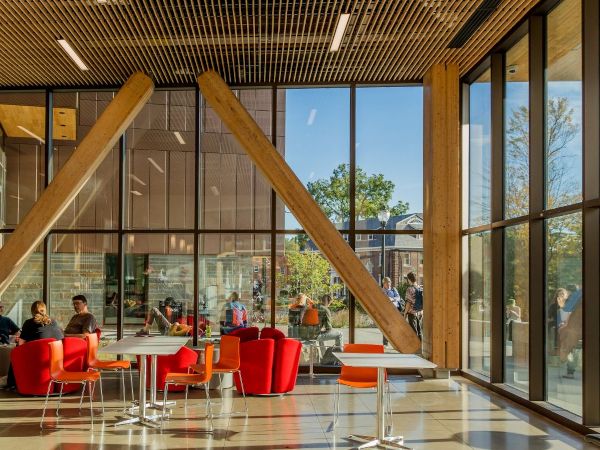
Date: 16 October 2025
Sustainable design has evolved from an optional consideration into the standard within contemporary architecture and construction. Design professionals are now expected not only to fulfill established sustainability requirements but to actively surpass them, contributing to a more environmentally conscious built environment.
A primary strategy for achieving this involves selecting low-carbon products and materials, with advanced glass solutions playing a pivotal and transformative role in realizing this critical vision. Navigating carbon assessments and requirements starts with understanding how to measure it, reduce it in glass manufacturing and adapt to new low-carbon building codes and standards.
To assist with this, Vitro has developed a Glass Education Center article and white paper about glass and embodied carbon, outlining recommendations and exploring how glass can drive the future of greener, more sustainable projects. Topics covered include:
- Operational vs. Embodied Carbon
- Embodied Carbon in Glass
- How Low-e Coatings Can Reduce Energy Use
- Environmental Product Declarations (EPDs)
- Code Development
Embodied carbon accounts for roughly one-third of a building's total carbon footprint, making its reduction a priority for immediate climate benefits. Unlike operational carbon, which decreases gradually over a building's lifespan, cutting embodied carbon delivers instant impact. On the operational side, integrating low-e and solar control glazing can drastically reduce energy usage for lighting and HVAC systems. This not only boosts energy efficiency but also lowers energy costs and significantly cuts carbon emissions.
Innovation is accelerating in the glass and building industries. As sustainable design becomes more critical, expect continued advancements in technologies, programs, regulations, and building codes that support this goal. It is vital for architects, building owners, and other stakeholders to stay informed about these new developments.
For more information about these and other Vitro Architectural Glass products, visit vitroglazings.com or call 1-855-VTRO-GLS (887-6457).
 600450
600450

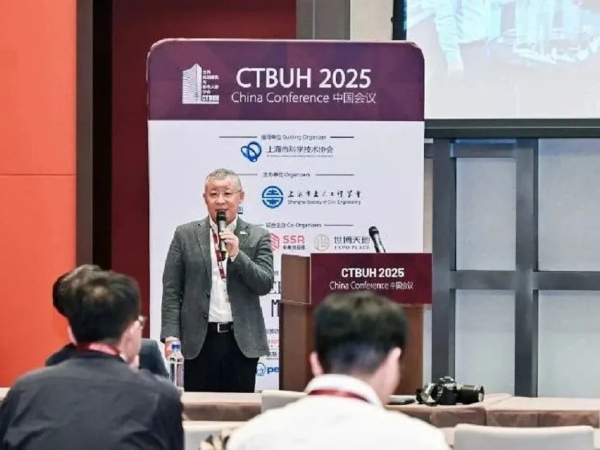
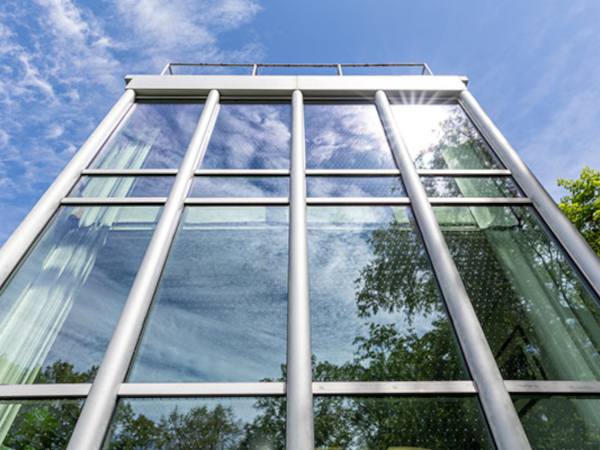
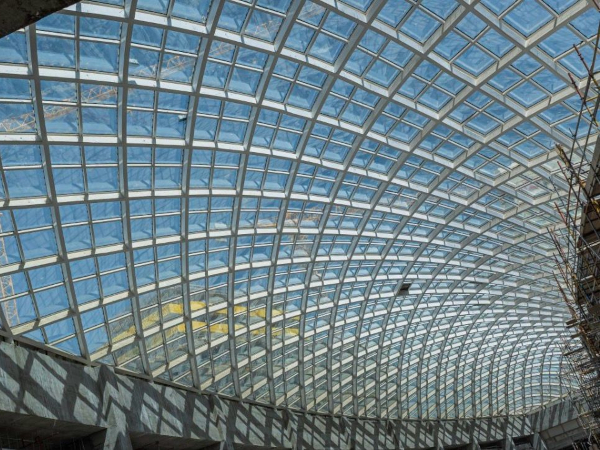
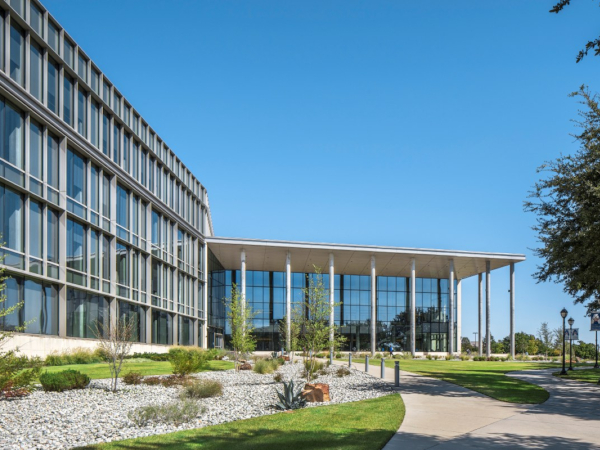

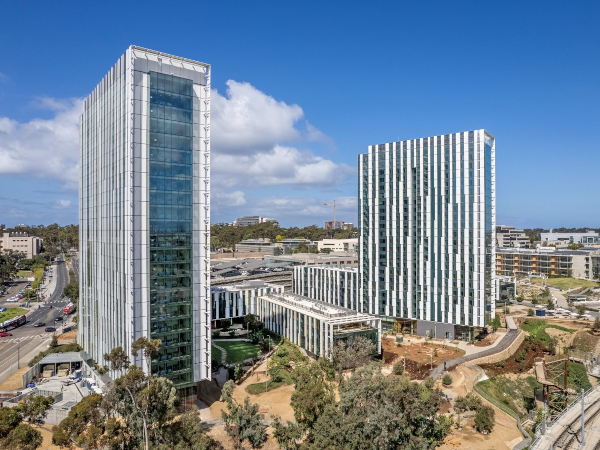



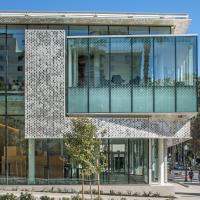
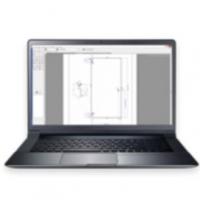
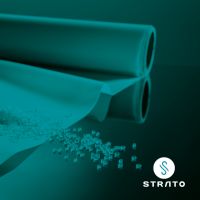
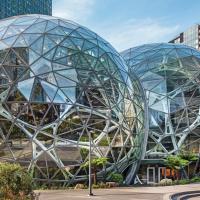
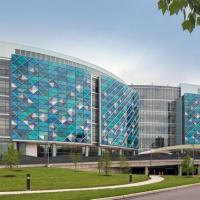
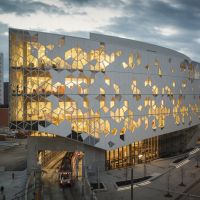
Add new comment